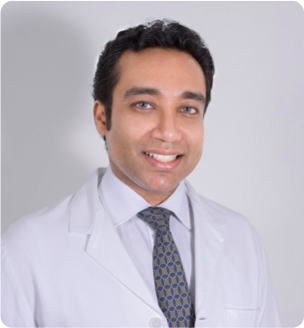
COVID-19—whereby a worldwide pandemic, caused by an RNA coronavirus cross-continent infection, led to the global world economy being paralysed in a matter of weeks—has had an impact on the aesthetics industry that few could have predicted, both in its enormity and duration (Jewell et al, 2020). Understandably, public interest in medical aesthetic procedures has declined. The greatest drop has been in cosmetic surgery. Several factors can be attributed to this, not least due to the presence of a highly transmissible infectious disease, but, moreover, on the need for intensive therapy unit (ITU) beds. The latter has led to wide scale cancellations in elective procedures, as the strain on the NHS has been unprecedented.
Many limited analyses have been conducted throughout 2020, with the general consensus showing a far more significant downturn on aesthetic medical practice, as compared to the recession of 2008–2009. The COVID-19 pandemic and resulting social distancing policies to lower the infection rate and R-value, together with Government-led policies on self-quarantining, have led to many changes, including within family life, job losses, health-related issues, fears of transmission or death and higher rates of depression and anxiety, as well as taking into consideration altered work practices, changes in spousal relationships and the use of communication platforms, such as Zoom and Microsoft Teams, which all play a part in the decreased demand for procedures.
In an interesting paper by Chandawarkar (2021), where the researchers used patient-initiated search engine use to decide what aesthetic or cosmetic non-surgical and/or surgical procedures that patients were most interested in. This led to a trend that was repeated across the board. The raw data was analysed weekly, with the relative search volume being used as the determining factor. Generally, there was a higher interest in non-surgical aesthetic procedures versus traditional cosmetic surgery, whether this was neurotoxin-based or augmentation with dermal filler.
In essence, the relative search volumes were significantly higher, not surprisingly, during the pre-COVID-19 era. Immediately following the announcement of the March 2020 lockdown, there was a dramatic drop in the relative search volume of patients searching for cosmetic procedures across-the-board, primarily due to shock of the measures undertaken (Motosko et al, 2018; Tijerina et al, 2019). Approximately 5–8 weeks following the announcement of lockdown, there was a general rise in the relative search volume, particularly in areas of augmentation on the face (profiling and dark circles). Treatment of aesthetic skin complaints have seen no downturn at all, quite the opposite, in fact. This was not only due to new issues from wearing the face mask such as ‘maskne’, but due to increased rates of rosacea and the need to maintain an anti-ageing treatment protocol devoid of neurotoxins.
Following the initial sharp decline in relative search volume, there has been an increase 2–3 months after these statistics. The main reason behind this is thought to be due to the fact that patients' mindsets have changed, in that there is a widespread acceptance of the new norm and its impact on everyone's lifestyle and earning capacity.
It is important for medical and surgical aesthetic practitioners to understand the changing dynamic of public interest and, as such, with appropriate reallocation of resources and, above all, planning, improved productivity can occur. This has been particularly evident during the post-lockdown periods where business has been thriving. In the near future, it may at least be a sign of how practices may have to function with procedural nadirs, followed by surges in demand.
Several other factors will have to be taken into account when tackling a surge in demand, with the availability of stocks being paramount. The availability of items may be impacted from reduced production, changing price points, transportation and availability.
Understanding the public's dynamic interest in the Fetyko friends can facilitate resource allocation and procedure prioritisation as practice is open. Adapting your practice to suit demands as and when needed will allow practices to be maintained until we are able to either control the virus or at least learn to live alongside it.


